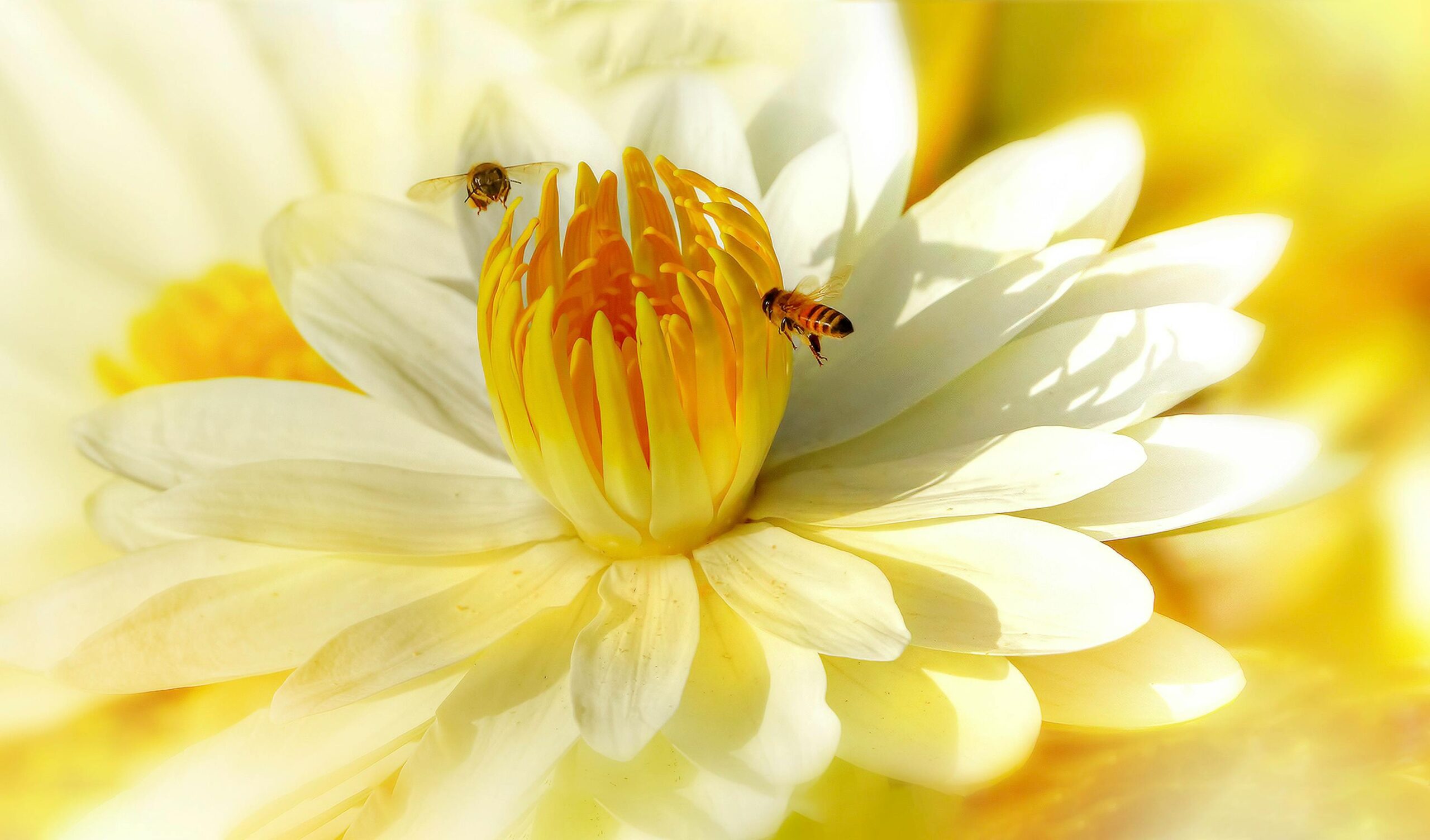Honey is a remarkable substance. Not only is it delicious and versatile, but it also has a superpower that few foods can claim: it never goes bad. In fact, archaeologists have discovered pots of honey in ancient Egyptian tombs that are over 3,000 years old and still perfectly edible. So, what makes honey so special? Let’s dive into the science behind its incredible longevity.
Why Doesn’t Honey Spoil?
The secret to honey’s eternal shelf life lies in its unique chemical composition and how bees produce it. Here are the main factors:
- Low Water Content: Honey is naturally low in moisture, with water making up only about 17% of its composition. Microorganisms like bacteria and mold need water to grow and thrive. Without enough moisture, they simply can’t survive in honey.
- High Acidity: Honey has a pH ranging between 3.2 and 4.5, making it acidic enough to create an inhospitable environment for most bacteria and fungi. This acidity helps preserve honey for long periods.
- Hydrogen Peroxide Production: When bees make honey, they add an enzyme called glucose oxidase to the nectar. This enzyme breaks down glucose into gluconic acid and hydrogen peroxide. The hydrogen peroxide acts as a natural antibacterial agent, further preventing spoilage.
- Bee Magic: Bees play a critical role in honey’s longevity. During the production process, they fan the nectar with their wings to evaporate water, reducing the moisture content. They also seal the honey in wax combs, protecting it from air and contamination.
Ancient Honey Finds
One of the most fascinating discoveries about honey’s durability came from ancient Egyptian tombs. Archaeologists found pots of honey buried with pharaohs, and, incredibly, the honey was still edible thousands of years later. This demonstrates not only the effectiveness of honey’s natural preservation but also its cultural and historical significance as a prized food and offering.
Practical Uses of Honey’s Longevity
Honey’s durability isn’t just an interesting fact, it has practical applications too:
- Emergency Food Supply: Because it doesn’t spoil, honey is often included in survival kits and emergency rations.
- Natural Medicine: Honey’s antibacterial properties make it a traditional remedy for wounds, burns, and sore throats.
- Culinary Uses: Whether as a sweetener, a natural preservative, or an ingredient in marinades and desserts, honey’s long shelf life makes it a staple in kitchens worldwide.
Final Thoughts
Honey’s ability to last for thousands of years is a testament to nature’s ingenuity. Its unique properties make it not just a pantry staple but also a fascinating example of natural preservation. The next time you drizzle honey on your toast or stir it into your tea, take a moment to appreciate the fact that this golden treat could outlast almost everything else in your kitchen!
🐝 Zzzzzeta




